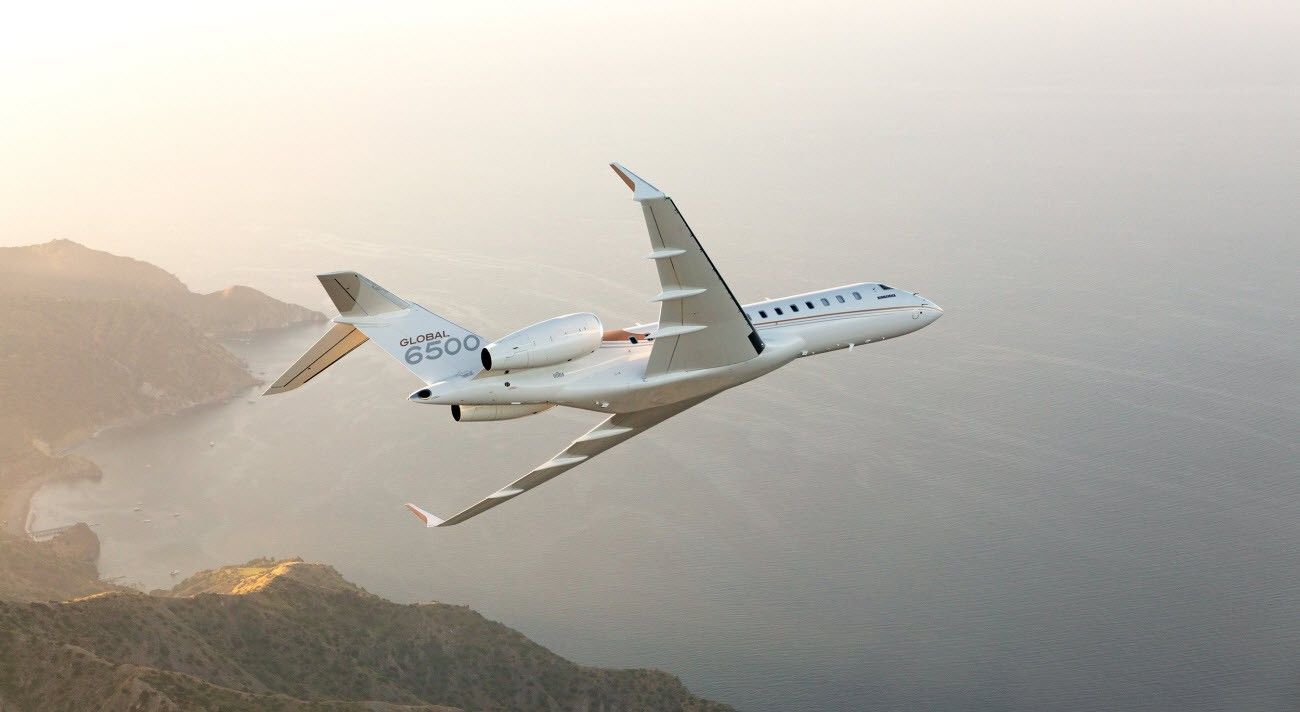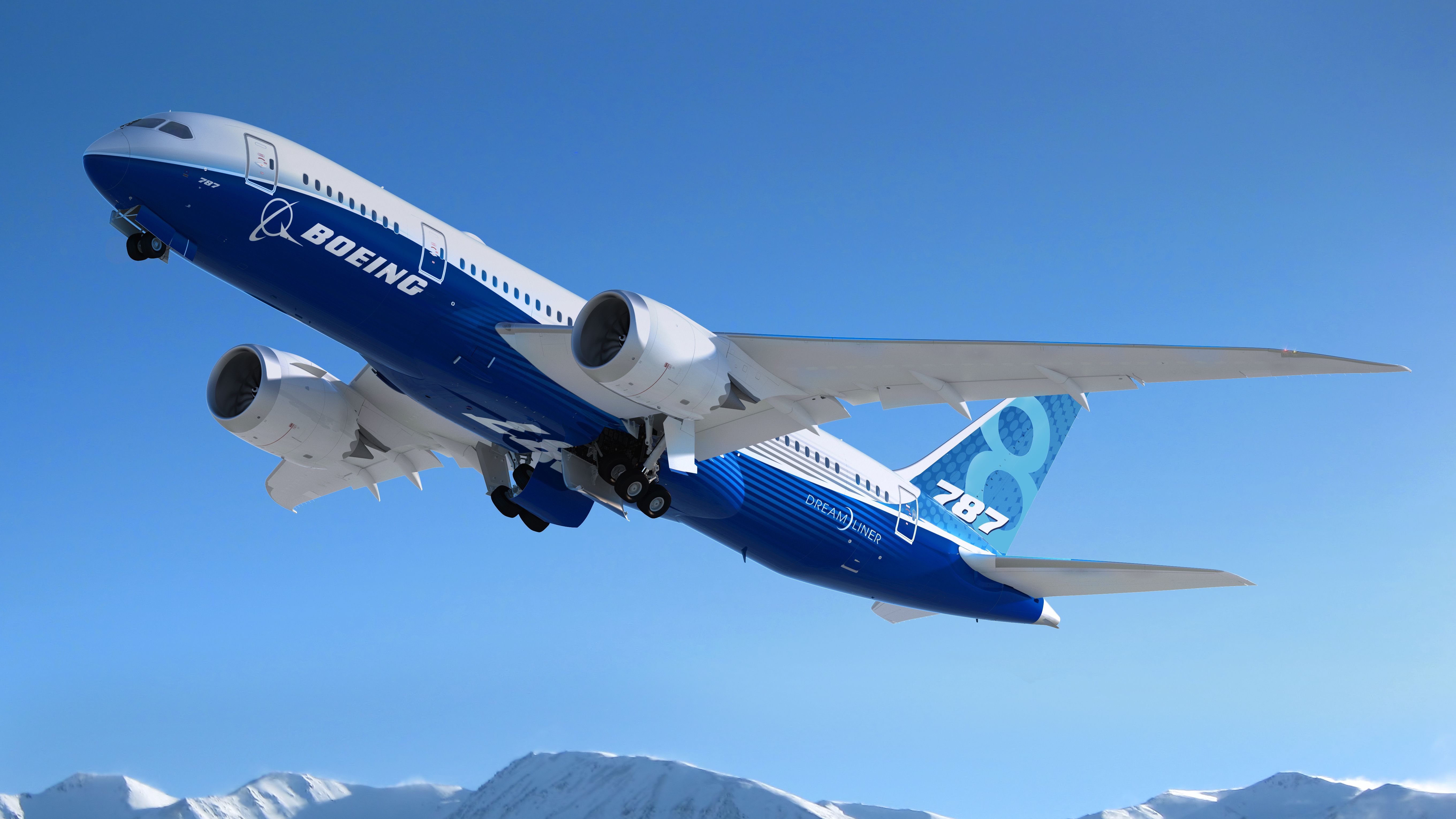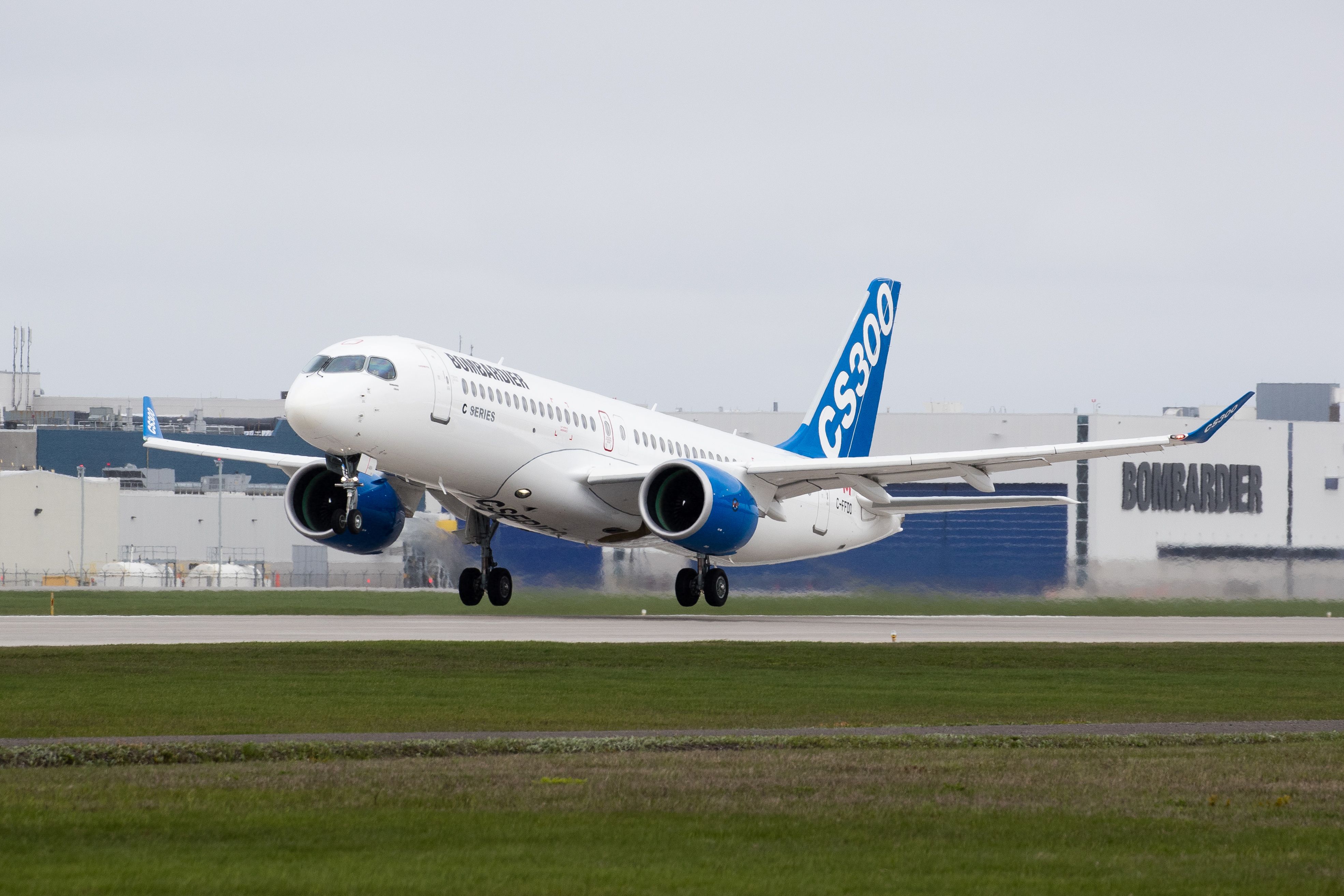While different aircraft manufacturers are natural rivals competing for the business of customers, Canada’s Bombardier and US planemaker Boeing have a particularly turbulent history. Indeed, it’s one that, in recent years, forced the sale of the Bombardier CSeries to Airbus due to legal action taken by Boeing. Roughly six years have passed, and this time around, Bombardier believes one of its products should be considered against Boeing’s offerings for a contract for military surveillance aircraft.
A likely deal with the Canadian government
Canada’s Department of National Defence is seeking to replace its aging fleet of 14 Lockheed CP-140 Aurora patrol aircraft – four-engined turboprops that have been serving the nation’s air force since the 1980s. While the military aircraft have been modernized in recent years with new sensors as well as replacement wings and horizontal stabilizers, the Canadian government is eyeing militarized Boeing 737 aircraft to supersede the Auroras beyond 2030.
According to CBC News, the Canadian government is considering the purchase of up to 16 P-8A Poseidon Maritime Patrol Aircraft. While it’s not exactly a “commercial, off-the-shelf” product, Boeing notes that this aircraft type shares 86% commonality with its commercial sibling, the 737NG – or Next Generation. This, Boeing says, provides “enormous supply chain economies of scale in production and support.”
On its website, the US planemaker adds, “The P-8 combines the most advanced weapon system in the world with the cost advantages of the most operated commercial airliner on the planet.”
It was on March 27th that the Canadian government announced that the Boeing P-8A Poseidon was the sole aircraft available seen as a suitable candidate for its Canadian Multi-Mission Aircraft (CMMA) program. In an official statement, the government department known as Public Services and Procurement Canada stated:
“Following engagements with industry and Canada’s closest allies, the government has determined that the P-8A Poseidon is the only currently available aircraft that meets all of the CMMA operational requirements, namely anti-submarine warfare and C4ISR. This platform is a proven capability that is operated by several of Canada’s defence partners including all of its Five Eyes allies—the United States, United Kingdom, Australia, and New Zealand—as well as Norway and South Korea. Germany has also recently purchased this platform.”
 Bombardier thinks it should be considered too
Bombardier thinks it should be considered too
Homegrown planemaker Bombardier had put forward one of its own aircraft for consideration, a militarized version of the Global 6500. Commercially, the airframe is available as a private jet, but Bombardier’s Defense division notes that the type can be a good fit for maritime surveillance, in addition to other military roles.
According to Defense News, Bombardier has argued that a Canadian-made solution must be considered as well. Indeed, a Bombardier spokesperson stated,
“Canada has the opportunity to leverage its [domestic] aerospace industry to provide a multi-mission aircraft that will be the standard for decades to come…Performance should matter. Canadian jobs should matter. And sustainability matters most.”
Photo: Bombardier
According to CBC, Bombardier CEO Éric Martel called on the federal government to have an open and fair competition process instead of a sole-source purchase. “We’re not asking for charity, we’re asking to be part of the process,” the company head stated. Defense News reports that Bombardier has been in contact with Canada’s Minister of National Defense about the topic and is “eagerly” waiting for a response.
The bottom line
Without getting into a full and detailed aircraft comparison, it’s quite clear that the two aircraft are very different. The P-8A is approximately 30% larger – both in length and width. This will undoubtedly offer more capacity for crew and equipment but will also come at a cost to range and efficiency.
In fact, the Global 6500’s smaller size results in a maximum range of 6,600 NM (12,223 km). This is far superior to the 1,200+ NM (2,225+ km) range of the P-8A. Of course, the P-8A’s air-to-air refueling capability will offset this shortcoming while its interoperability with allies is another big selling point. As noted by the Canadian government, many other close allies are also utilizing the same Boeing product.
While it’s a slight departure from the commercial aviation news we typically cover, what do you think of this news? Should the Bombardier Global 6500 be considered against Boeing’s 737 military variant? Share your thoughts by leaving a comment!
Sources: Defense News, CBC


 Bombardier thinks it should be considered too
Bombardier thinks it should be considered too




